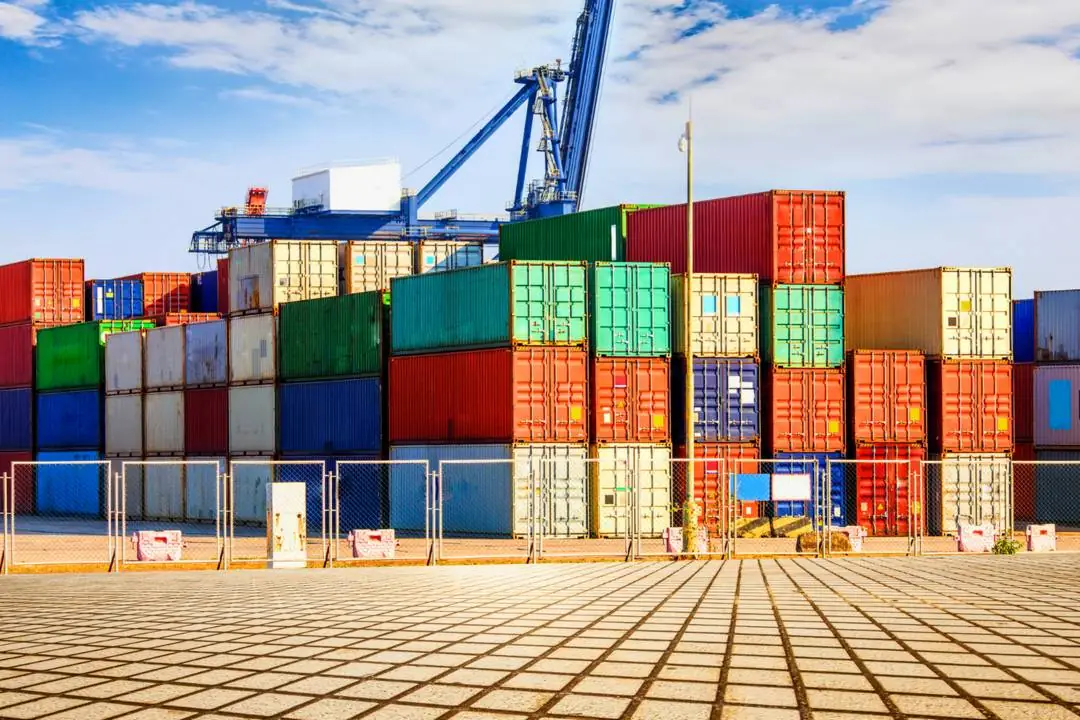Taxes levied on foreign trade
A complete guide to foreign trade taxation for B2B companies. Understand the main taxes and duties, their characteristics, rates and ways of calculating them.
Foreign trade is a complex field, with several stages and regulations to follow. One of the areas that raises the most questions for B2B companies is taxation. What taxes are levied on imports and exports? How can these taxes be calculated? What are the tax implications of each operation?
This comprehensive guide aims to clear up all your doubts about taxation in foreign trade. We will cover the main taxes and duties, their characteristics, rates and ways of calculating them, as well as providing tips and relevant information to help B2B companies navigate this scenario safely and efficiently.
Read more about: Foreign trade prospects and trends in 2024
1. customs taxes in Brazil
1.1 Import tax (II)
Legal basis: Decree-Law no. 37/1966
Rates:
- Defined in the Mercosur Common External Tariff (TEC)
- Modalities: Ad valorem (on the value of the goods) or specific (on the quantity).
- Function: Protect domestic industry and regulate the flow of imports
- Calculation: Customs value of goods x VAT rate
TEC structure:
- Mercosur Common Nomenclature (NCM): Classifies products by code
- Sections, chapters, headings and subheadings: NCM breakdown levels
- Ad valorem and specific rates: Linked to each NCM code
Exceptions to the TEC:
Lists of exceptions: Differentiated rates for some products
International agreements: Prevalence over TEC in some cases
1.2 Export tax (IE)
Legal basis: Decree-Law n. 1.578/1977
Rate:
- Generally zero, with exceptions for some specific products (e.g. tobacco, leather, weapons)
- Function: To stimulate or discourage the export of certain products, depending on the government's trade policy.
- Calculation: Customs value of goods x IE rate
Products with IE:
- Exhaustive list defined by the government
- Rates vary according to the product
Objective: To protect the domestic market or control the export of strategic products
Read more about: Taxes can be obstacles for foreign companies in Brazil
2. Leveling taxes
2.1 Tax on Industrialized Products (IPI)
It applies to industrialized products, both domestic and imported
Rates vary according to the product
Objective: To balance the tax burden between domestic and imported products
Calculation: Customs value of goods + II + IOF + freight + insurance x IPI rate
IPI on imports
- Charged at the time of customs clearance
- Specific rates for each NCM code
- Can be suspended or reduced in some cases (e.g. drawback)
2.2 Contribution to Social Security Financing (COFINS)
It is levied on the import of goods and services
Rate: 7.65%
Objective: To finance social security
Calculation: Customs value of goods + II + IOF + freight + insurance x COFINS rate
COFINS on imports
Charged at the time of customs clearance
- Single rate for all products
- COFINS is not levied on exports
2.3 Social Integration Program and Public Servant Equity Formation Program (PIS/Pasep)
It is levied on the import of goods and services
Rate: 1.65%
Objective: To finance PIS/Pasep
Calculation: Customs value of goods + II + IOF + freight + insurance x PIS/Pasep rate
PIS/Pasep on imports:
- Charged at the time of customs clearance
- Single rate for all products
- PIS/Pasep is not levied on exports
Read more about: Accounting to optimize inventory management in import and export
3. Tax on the Circulation of Goods and Services (ICMS)
3.1 Imports:
It is levied on the entry of goods into the country
Rates vary according to state
Objective: To tax the consumption of goods and services
Calculation: Customs value of goods + II + IPI + COFINS + PIS/Pasep + freight + insurance x ICMS rate
Differences between normal ICMS and ICMS-ST:
Normal ICMS: Collected in the state of destination of the goods
ICMS-ST: Collected in the state of origin of the goods, with deferral to the state of destination
Suspension or deferral of ICMS: Possible in some specific cases (e.g. drawback, customs warehouse).
3.2 Export
Exempt since the Kandir Law (LC n. 87/1996)
Objective: To stimulate the competitiveness of Brazilian products on the international market
Exceptions:
- ICMS on export-related services
- ICMS on sales abroad with return of goods (e.g. sale by order)
Read more about: The lack of technical accounting knowledge in importing
4. Important considerations
Tax planning: Essential for optimizing the tax burden and avoiding tax problems
- Analysis of customs legislation and special arrangements
- Consultancy specializing in foreign trade
Special Customs Regimes: Drawback, Recof, among others
- They allow the suspension or reduction of taxes in certain situations
- They can be advantageous for companies that operate regularly in foreign trade
Constant updating: Customs legislation is complex and dynamic
- Keeping up with changes is key to ensuring tax compliance
- Subscription to newsletters, participation in specialized events and courses
Import of services: Taxed by ISSQN, PIS/Pasep and COFINS
- Rates and rules vary according to municipality
- Check local legislation before importing
Read more about: The benefits of digital accounting for importing companies
5. Useful resources
Brazilian Federal Revenue Service: https://www.gov.br/receitafederal/pt-br
Ministry of Economy: https://www.gov.br/economia/pt-br
Apex-Brasil: https://www.apexbrasil.com.br/
Integrated Foreign Trade System (Siscomex): https://www.gov.br/siscomex/pt-br
Conclusion
Taxation in foreign trade is a complex but fundamental issue for B2B companies wishing to operate in this market safely and efficiently. Through proper tax planning, companies can optimize their operations, reduce costs and avoid tax problems.
This comprehensive guide has served as a starting point for understanding taxation in foreign trade. To deepen your knowledge and obtain more specific information about your area of activity, count on CLM Controller. We are specialists and will find the best solution for your company.



